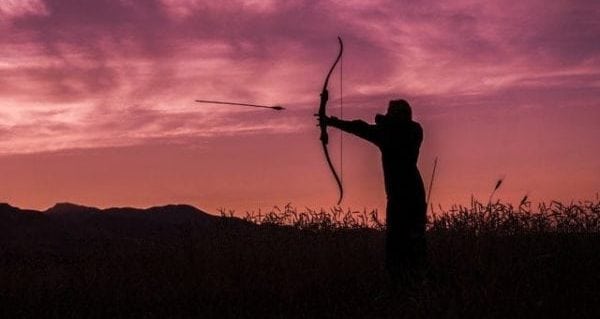 Night hunting is an incredibly dangerous practice involving high-powered rifles capable of killing over a distance measured in kilometres. People have been killed as a result of this reckless activity and livestock slaughtered. It’s also responsible for an alarming decline in moose in Manitoba. It should not be allowed under any circumstances.
Night hunting is an incredibly dangerous practice involving high-powered rifles capable of killing over a distance measured in kilometres. People have been killed as a result of this reckless activity and livestock slaughtered. It’s also responsible for an alarming decline in moose in Manitoba. It should not be allowed under any circumstances.
The Manitoba government has been under considerable pressure to ban night hunting. Instead, it has decided to take the easy way out and limit it.
The obvious question is: Why would a responsible government not immediately issue a total ban on something that’s so explicitly dangerous, as well as totally unnecessary?
The related question is: Why would any responsible Indigenous leaders insist on a practice that has already claimed the lives of Indigenous people and will certainly claim more lives unless it is totally banned?
The reason, of course, is that certain Indigenous groups insist that night hunting is a constitutional right, based on ancient traditions. Incredibly, they have some case law to support them.
The ancient traditions they refer to bear very little resemblance to the night hunting of today. Arrows and spears capable of killing at a short distance were very different from today’s lethal weapons. A bullet from a modern hunting rifle can travel more than 6.5 kilometres, but the beam of light from a spotlight only reaches about 200 metres. This means that a hunter is literally shooting in the dark.
Indigenous hunters of old would not have been that foolish. The night hunting of today and the ancient Indigenous tradition are two different things. The court decisions that seem to say otherwise are clearly wrong and should be challenged.
Why is the Manitoba government not doing so? Government members know – just as every responsible citizen does – that modern night hunting is a clear danger and should be totally banned. They have previously said as much. As leaders, why are they not leading? Is the government intimidated by the prospect of taking issue with the claim of a constitutional right?
It shouldn’t be. The fact that a court pronounces something a constitutional right at some point doesn’t mean it should forever more be treated as if Moses brought it down with him from the mountain.
One dramatic example of a ‘constitutional right’ that was clearly wrong can be found to our south. Slavery survived constitutional challenges for 200 years. And even when a war ended slavery, a pig-headed U.S. Supreme Court kept “separate but equal” laws. So something that’s protected by the courts as a constitutional right doesn’t necessarily mean that it makes sense. Where it doesn’t make sense, it should be challenged.
The Manitoba government should do what it said it would do and issue a total ban on night hunting.
Indigenous leaders should do the right thing and support the ban. If they fail to do so, lives will be lost.
Any challenge to the ban should be met with a firm resolve to protect all citizens by persuading the courts to change a bad law.
When the law is an ass, it should be challenged.
Brian Giesbrecht is a retired judge and senior fellow with Frontier Centre for Public Policy.
The views, opinions and positions expressed by columnists and contributors are the author’s alone. They do not inherently or expressly reflect the views, opinions and/or positions of our publication.


